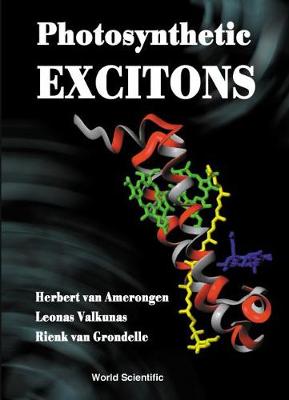Excitons are considered as the basic concept used by describing the spectral properties of photosynthetic pigment-protein complexes and excitation dynamics in photosynthetic light-harvesting antenna and reaction centers. Following the recently obtained structures of a variety of photosynthetic pigment-protein complexes from plants and bacteria our interest in understanding the relation between structure, function and spectroscopy has strongly increased. These data demonstrate a short interpigment distance (of the order of 1 nm or even smaller) and/or a highly symmetric (ring-like) arrangement of pigment molecules in peripheral light-harvesting complexes of photosynthetic bacteria. Books which were devoted to the exciton problem so far mainly considered the spectral properties of molecular crystals. However, the small size of these pigment aggregates in the pigment-protein complexes as well as the role of the protein, which is responsible for the structural arrangement of the complex, clearly will have a dramatic influence on the pigment spectra and exciton dynamics. All these aspects of the problem are considered in this book. Exciton theory is mainly considered for small molecular aggregates (dimers, ring-like structures etc.). Together with the theoretical description of the classical conceptual approach, which mainly deals with polarization properties of the absorption and fluorescence spectra, the nonlinear femtosecond spectroscopy which is widely used for investigations now is also discussed. A large part of the book demonstrates the excitonic effects in a multitude of photosynthetic pigment-protein complexes and how we can understand these properties on the basis of the exciton concept.
- ISBN13 9789810232801
- Publish Date 14 June 2000 (first published 1 January 2000)
- Publish Status Active
- Publish Country SG
- Imprint World Scientific Publishing Co Pte Ltd
- Format Hardcover
- Pages 604
- Language English
- URL https://worldscientific.com/worldscibooks/10.1142/3609
